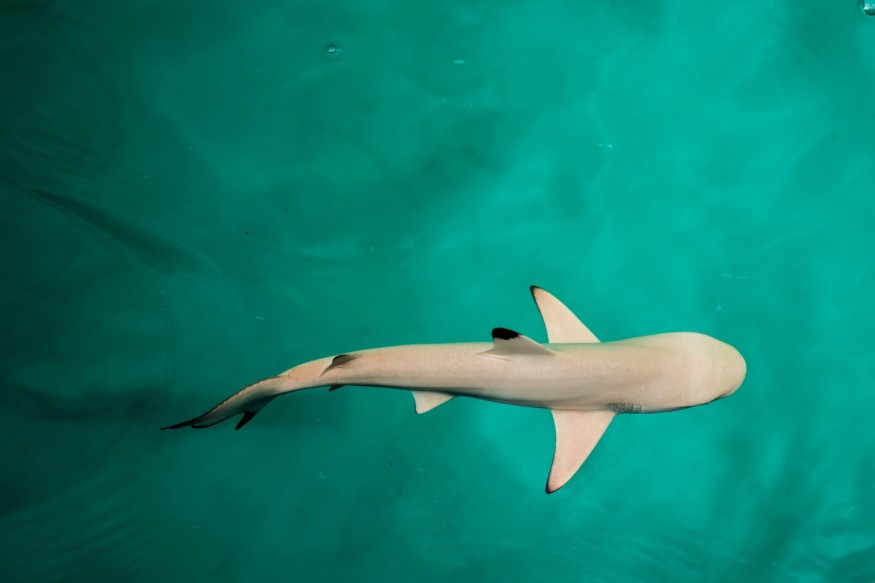After a baby shark was born in an all-female tank in an Italian aquarium, scientists think a rare shark "virgin birth" may be the first of its type.
To reproduce, the vast majority of animals must breed. However, a tiny percentage of species may reproduce without mating. This is called Parthenogenesis also known as "virgin birth."
Shark Gives Birth in An All-Female Shark Aquarium

According to Italian news agency AGI, the newborn smooth hound shark, called Ispera, was born in the Acquario di Cala Gonone in Sardinia, Italy.
The shark's mother spent 10 years in a tank with one other female, and experts believe the birth is the first known example of shark parthenogenesis in the species.
Parthenogenesis is a rare occurrence in which an egg develops into an embryo without the need for sperm. According to Live Science, the process has been observed in over 80 vertebrate species, including sharks, fish, and reptiles, among others.
According to Demian Chapman, head of the sharks and rays' conservation program at Mote Marine Laboratory & Aquarium in Florida, "around 15 species of sharks and rays are known to do this."
"While sharks could certainly accomplish it, doing so in the wild was impossible to document" he added.
In the wild, parthenogenesis may be the final choice for females who are unable to locate a partner due to low population density, according to Chapman of Live Science.
According to Chapman, the reaction may also be generated in captive sharks away from males for lengthy periods of time.
Virgin Birth: Parthenogenesis
An egg cell and a sperm cell are required for sexual reproduction. Each one has half of the genetic information needed to make a live creature. However, in parthenogenesis, the body devises a new mechanism of compensating for the genes normally given by sperm.
Parthenogenesis is a mechanism that permits animals ranging from honeybees to rattlesnakes to have so-called "virgin births." It is derived from two Greek words that mean "virgin creation."
Parthenogenesis is the spontaneous development of an embryo from an unfertilized egg cell. It is a reproductive strategy that involves development of a female (rarely male) gamete (sex cells) without fertilization.
National Geographic describes two kinds of parthenogenesis. The first is apomixis, which is a form of cloning that is most frequent in plants.
The other, which has been observed in sharks, is automixis, which includes a minor shuffle of the mother's DNA, (deoxyribonucleic acid) to produce children who are similar but not perfect clones of the mother.
Christine Dudgeon of the University of Queensland in Australia explained parthenogenesis to Live Science. "Parthenogenesis is a type of inbreeding since the offspring's genetic diversity is significantly decreased. As a result, parthenogenesis children may have a lower probability of surviving"
According to the New York Post, marine experts at the Italian aquarium have sent DNA samples to a laboratory to establish that Ispera was conceived by parthenogenesis.
© 2025 NatureWorldNews.com All rights reserved. Do not reproduce without permission.





